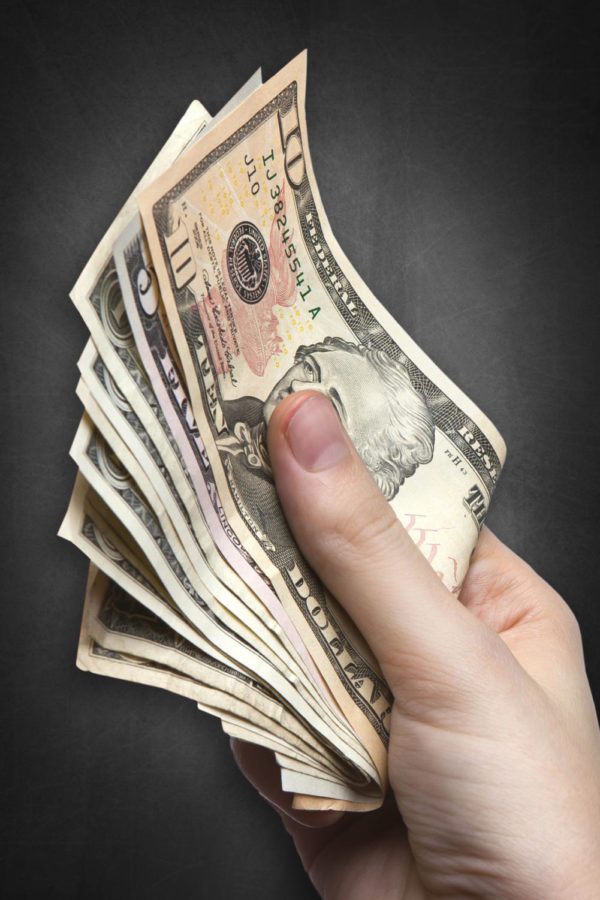Salo: The truth about the wage gap
June 26, 2017
I’m sure we’ve all heard about the wage gap between men and women. Whether you believe that the wage gap is an issue or not, men are making more than women. It’s just a fact.
In an article posted by Forbes, Karin Agness Lips wrote “Don’t Buy Into The Gender Pay Gap Myth”.
The main point that I got from this article was that the wage gap was an idea conjured up to convince women that they were doomed to make less than men simply because they are women. This idea was then used as leverage for government officials who would promise to work towards “equal pay” in their campaigns.
There are a few things that I agree with here and a few that I’m not as crazy about.
Lips included The Shriver Report as a source for her article. The report stated that “The average woman continues to be paid 77 cents for every dollar the average man earns. “
Lips argued that from these statistics, you may think that when a man and a woman are doing the same job, at the end of the day, the woman will be given 77 cents and the man will be given a dollar. But she doesn’t agree with this and neither do I.
In actuality, there are many factors that go into the wage gap and although gender bias and discrimination are two of these factors, we also need to take into consideration occupational segregation and patterns of work.
In the article, Agness talks about a statistic from the American Association of University Women: U.S. women’s median pay was only 80 percent of U.S. men’s median pay. (They also found that Iowan women were only being paid 77 percent of Iowan men’s pay).
But she doesn’t talk about the rest of the study from AAUW. They also discuss why these wages are so different and they narrow it down to three reasons: occupational segregation, patterns of work and gender bias/discrimination.
Occupational segregation is the idea that people, both men and women, choose different levels of education to pursue, different fields of study, different majors, different jobs. All of these factors affect both gender’s median pay. A secretary with a high school education at a small town law firm is not going to make as much as a lawyer with a doctorate degree in law at a large firm in a big city – no matter if either are women.
“You can have a woman that’s much better than a man; you can have a woman that’s not as good as a man,” said Trump in an interview with Channel 13 in Des Moines in 2015. “If you start to say everybody gets equal pay, you get away from the whole American Dream.”
But what if a man and a woman have the same exact level of education and are in the same job? Why aren’t they paid the same?
That’s where patterns of work comes in. On average, women who work full time tend to work less hours than men who also work full time. The Bureau of Labor Statistics reported that “among full-time workers (those usually working 35 hours or more per week), men worked longer than women—8.4 hours compared with 7.8 hours.”
Women are obviously more likely to want time off while pregnant and after having children. The report also said that women tend to need more flexible hours.
But what if a woman has the same exact education, job and hours as a man? That’s where the gender bias/discrimination comes in.
After factoring in the occupational segregation and patterns of work, bias and discrimination accounts for between six and 12 percent of the previously mentioned 80 percent.
The AAUW found this from examining studies that showed that as women enter an industry, wages in that industry drop even for men. Also, as of 2015, women only held about 26 percent of executive positions although they made up almost half of the professional work force.
So, is the wage gap extremely exaggerated and is it true that “the White House and others who promote the myth are manipulating statistics in a way to convince women that they are the victims of systematic societal discrimination, and, therefore, stand to benefit from further government action”?
Yes. But is the wage gap a made up concept? No.
There may not be a 80 percent difference in pay due to gender bias, but there is between a six and 12 percent gap that needs to be closed.







